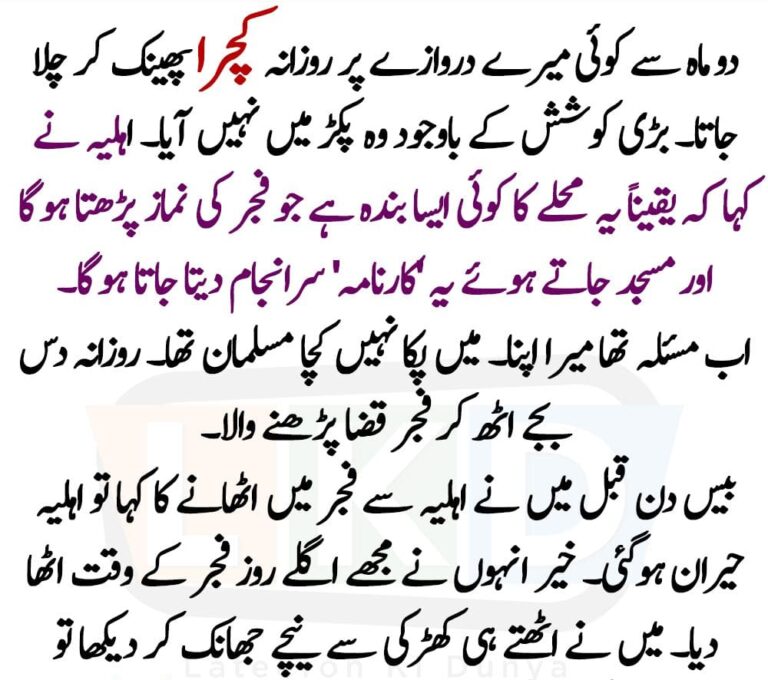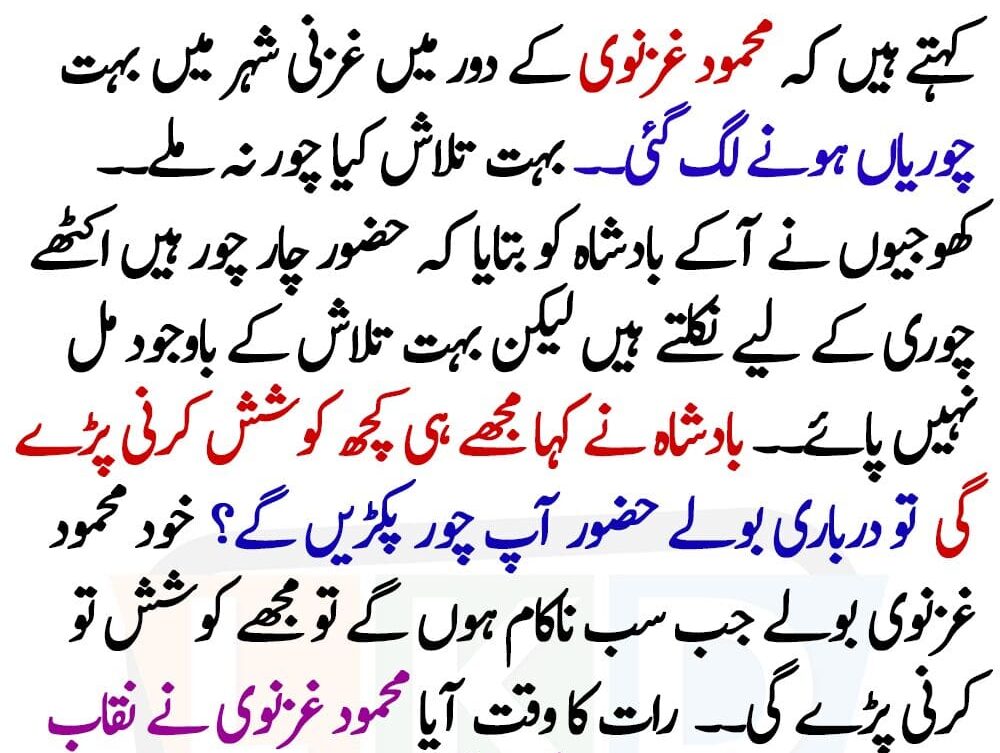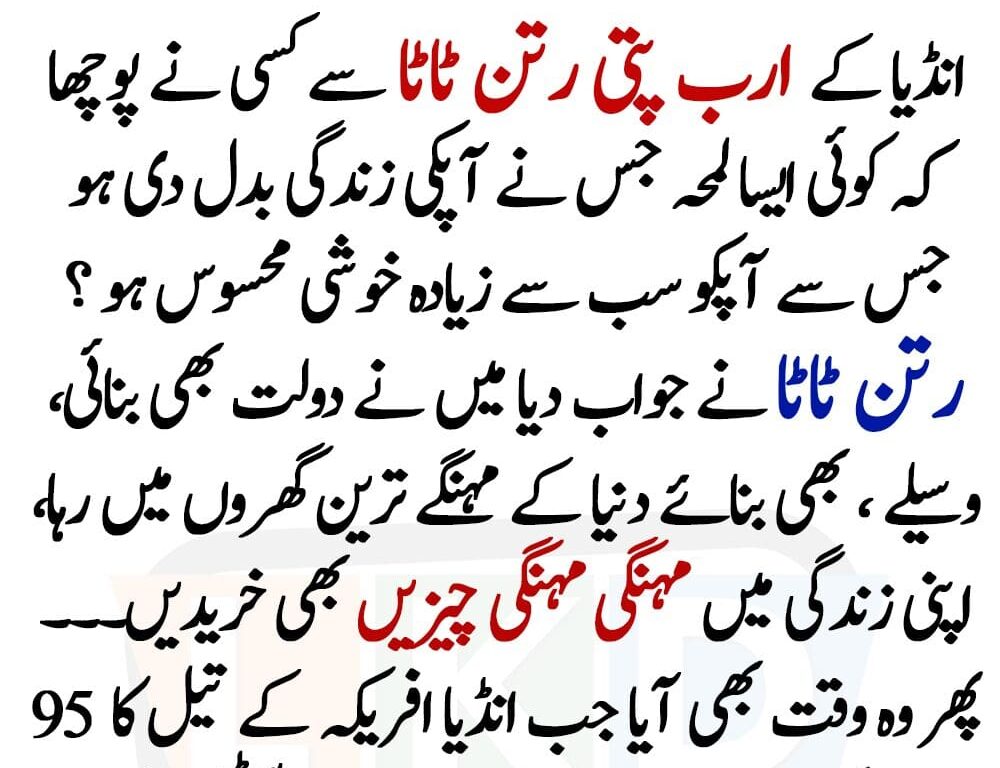Dry and damaged hair is a common concern that affects many people. Whether caused by excessive heat styling, environmental factors, or harsh chemical treatments, dealing with dry and damaged hair requires a thoughtful and comprehensive approach. This guide explores effective strategies and treatments to restore moisture, repair damage, and achieve healthier, more resilient hair.



Understanding Dry and Damaged Hair
Dry and damaged hair can present itself in various ways, including:
- Brittleness: Hair that breaks easily and feels fragile.
- Split Ends: The ends of the hair shaft become frayed and split.
- Lack of Shine: Dull, lackluster hair that appears lifeless.
- Frizz: Hair that is unruly and difficult to manage, often appearing coarse or rough.
- Tangles: Hair that knots easily and is hard to comb through.
Common Causes of Dry and Damaged Hair
To effectively treat dry and damaged hair, it’s essential to understand the causes:
- Heat Styling: Frequent use of hair dryers, straighteners, and curling irons can strip hair of its natural moisture.
- Chemical Treatments: Hair coloring, perming, and relaxing can weaken hair and lead to damage.
- Environmental Factors: Exposure to sun, wind, and chlorine can dry out and damage hair.
- Poor Diet: Inadequate nutrition can affect the health and appearance of your hair.
- Over-Washing: Washing hair too frequently can strip it of its natural oils.
Effective Treatments for Dry and Damaged Hair
1. Hydrating Hair Masks
Hair masks are intensive treatments designed to provide deep hydration and repair damage. Look for masks with moisturizing and nourishing ingredients.
- Avocado and Olive Oil Mask: Blend one ripe avocado with two tablespoons of olive oil. Apply to your hair, leave it on for 30 minutes, then rinse thoroughly. Avocado is rich in vitamins and healthy fats, while olive oil provides deep moisture.
- Coconut Oil Mask: Warm up coconut oil and apply it to your scalp and hair. Leave it on for at least 30 minutes or overnight for a deep conditioning treatment. Coconut oil penetrates the hair shaft, providing essential nutrients and hydration.
- Honey and Yogurt Mask: Mix two tablespoons of honey with half a cup of plain yogurt. Apply to your hair and leave it on for 20-30 minutes before rinsing. Honey is a natural humectant that attracts moisture, while yogurt provides protein and conditioning.
2. Moisturizing Shampoos and Conditioners
Using the right shampoo and conditioner is crucial for maintaining hydration and repairing damage.
- Sulfate-Free Shampoos: Opt for shampoos that are free from sulfates, as these can strip hair of its natural oils. Look for products labeled “moisturizing” or “nourishing.”
- Deep Conditioning Conditioners: Choose conditioners with ingredients like shea butter, argan oil, or keratin. These ingredients help to hydrate and strengthen the hair.
- Leave-In Conditioners: A leave-in conditioner can provide ongoing moisture and protection throughout the day.
3. Scalp Treatments
A healthy scalp is essential for healthy hair growth. Scalp treatments can help address dryness and promote overall hair health.
- Scalp Massage with Essential Oils: Mix a few drops of essential oils such as rosemary or peppermint with a carrier oil like coconut or jojoba oil. Massage the mixture into your scalp to improve blood circulation and stimulate hair growth.
- Exfoliating Scalp Scrubs: Use a gentle exfoliating scrub to remove dead skin cells and product buildup from the scalp. This can help improve scalp health and enhance the effectiveness of other treatments.
4. Avoiding Heat and Chemical Damage
To prevent further damage, it’s important to minimize the use of heat styling tools and avoid harsh chemical treatments.
- Heat Protectants: If you must use heat styling tools, always apply a heat protectant spray to your hair. This helps to shield your hair from the damaging effects of high temperatures.
- Limit Chemical Treatments: Reduce the frequency of hair coloring, perming, and relaxing. When you do use chemical treatments, ensure they are performed by a professional and followed by intensive conditioning treatments.
5. Incorporating Healthy Hair Habits
Adopting healthy hair habits can help maintain moisture and prevent damage.
- Reduce Washing Frequency: Washing your hair too often can strip it of natural oils. Aim to wash your hair 2-3 times a week, depending on your hair type and needs.
- Use a Wide-Tooth Comb: After washing, gently detangle your hair with a wide-tooth comb to prevent breakage. Avoid pulling or tugging on wet hair.
- Avoid Tight Hairstyles: Refrain from hairstyles that pull tightly on the hair, as this can lead to breakage and damage. Opt for looser styles and use hair-friendly accessories.
6. Nutritional Support
A balanced diet plays a significant role in the health of your hair. Ensure you’re getting the necessary nutrients to support hair health.
- Protein: Hair is made up of protein, so include protein-rich foods like eggs, lean meats, beans, and nuts in your diet.
- Omega-3 Fatty Acids: These essential fats, found in fish, flaxseeds, and walnuts, help to keep the scalp hydrated and promote healthy hair growth.
- Vitamins and Minerals: Vitamins A, C, D, E, and minerals like zinc and iron are crucial for maintaining healthy hair. Incorporate a variety of fruits, vegetables, and whole grains into your diet.
DIY Hair Care Tips
In addition to store-bought products, you can use simple DIY treatments to care for dry and damaged hair.
- Oatmeal and Banana Treatment: Blend one banana with a half-cup of cooked oatmeal. Apply the mixture to your hair, leave it on for 20-30 minutes, and then rinse. This treatment provides moisture and nutrients to the hair.
- Apple Cider Vinegar Rinse: Mix one part apple cider vinegar with two parts water. After shampooing, pour the mixture over your hair as a final rinse. Apple cider vinegar helps to balance the pH of the scalp and add shine.
- Aloe Vera Gel: Apply fresh aloe vera gel to your hair and scalp. Leave it on for 30 minutes before rinsing. Aloe vera helps to soothe and hydrate the scalp while conditioning the hair.
Consulting a Professional
If you’ve tried various treatments without success, or if your hair damage is severe, consider consulting a professional. A dermatologist or trichologist can assess your hair and scalp condition, provide personalized recommendations, and suggest advanced treatments if necessary.
Conclusion
Treating dry and damaged hair requires a multi-faceted approach that includes proper hydration, gentle care, and healthy habits. By incorporating nourishing hair masks, using moisturizing shampoos and conditioners, and adopting preventive measures, you can restore your hair’s health and achieve a more vibrant, resilient look. Remember that consistency is key, and taking a holistic approach to hair care will yield the best results over time. Embrace these strategies and enjoy the journey to revitalized, healthy hair.



